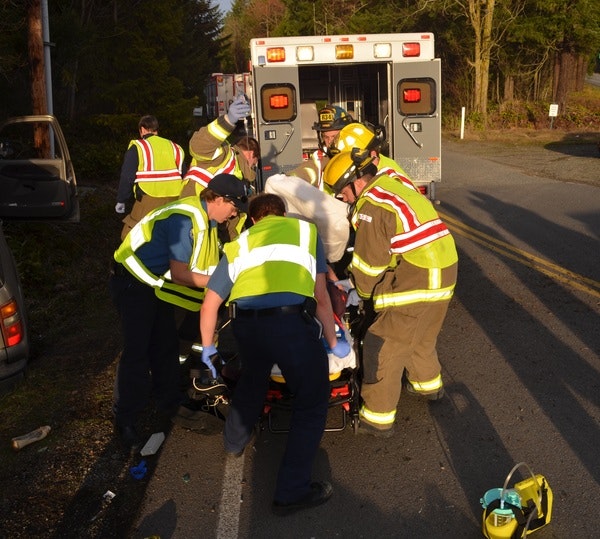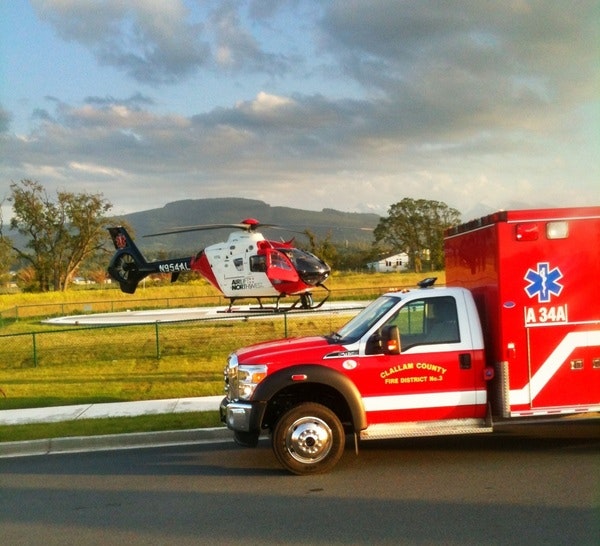Emergency Medical Services

Medical Information Protection: The Fire District has a legal obligation to comply with the Health Insurance Portability and Accountability Act (HIPAA) and with RCW 70.02, Medical Records – Health Care Information Access and Disclosure. These statutes are what limit the use and disclosures of Personal Health Information (PHI). In accordance with these statutes, the District will make reasonable efforts to use, disclose, and request only the minimal amount of PHI necessary to accomplish the intended purpose of the use and/or disclosure. The Fire District’s use general entails providing patient care, facilitating medical billing processes, and to support healthcare operations.
For More Detailed Information: Notice of Privacy Practices
Emergency Medical Certification: The majority of the District’s emergency responders are trained as firefighters, who are also cross-trained as emergency medical providers. There are two primary levels of emergency medical certifications:

- Emergency Medical Technicians (EMT) – Provide Basic Life Support (BLS) care. This includes life-sustaining cardiopulmonary resuscitation (CPR), controlling bleeding, treating shock, stabilizing injuries and wounds, and other fundamental first-aid skills.
- Paramedics – Provide Advanced Life Support (ALS) care, which requires a solid foundation in BLS skills, training to perform more advanced life sustaining procedures including airway management, drug administration, stroke and cardiac care, ECG rhythm interpretation, Intravenous (IV) and Intraosseous (IO) access, and other advanced medical skills and procedures.
Emergency Medical Service (EMS): Nearly 90 percent of the District’s total calls for service are for medical emergencies, compared to just fewer than 10 percent for fire suppression. All emergency responders are trained in first-aid, are Emergency Medical Technicians (EMT), or are paramedics. Twenty-four of the District’s thirty-four career responders are certified Paramedics. The District currently provides ALS-Paramedic services from each of the three staffed stations.
Ratio of ALS vs. BLS: During 2016, the majority of EMS calls for service were BLS (68%) – requiring EMT level of care; the remaining were ALS (32%) – requiring paramedic level of care.
When a patient’s medical condition is non-life-threatening (BLS), Paramedics and/or EMTs will provide initial medical aid and will a recommended course of action. If an ambulance transport to the emergency department is warranted, they will prepare the patient for transport, which is typically provided by Olympic Ambulance.
If a patient’s condition is life-threatening, paramedics will initiate advanced levels of care (ALS) and will attend to the patient during their transport to the emergency department best suited for their needed course of treatment.
For patients suffering from severe traumatic injury, Airlift Northwest or Lifelight Northwest Network will transport them via medical helicopter to Harborview Medical Center in Seattle, which serves as the regions designated Level I Trauma Center.
